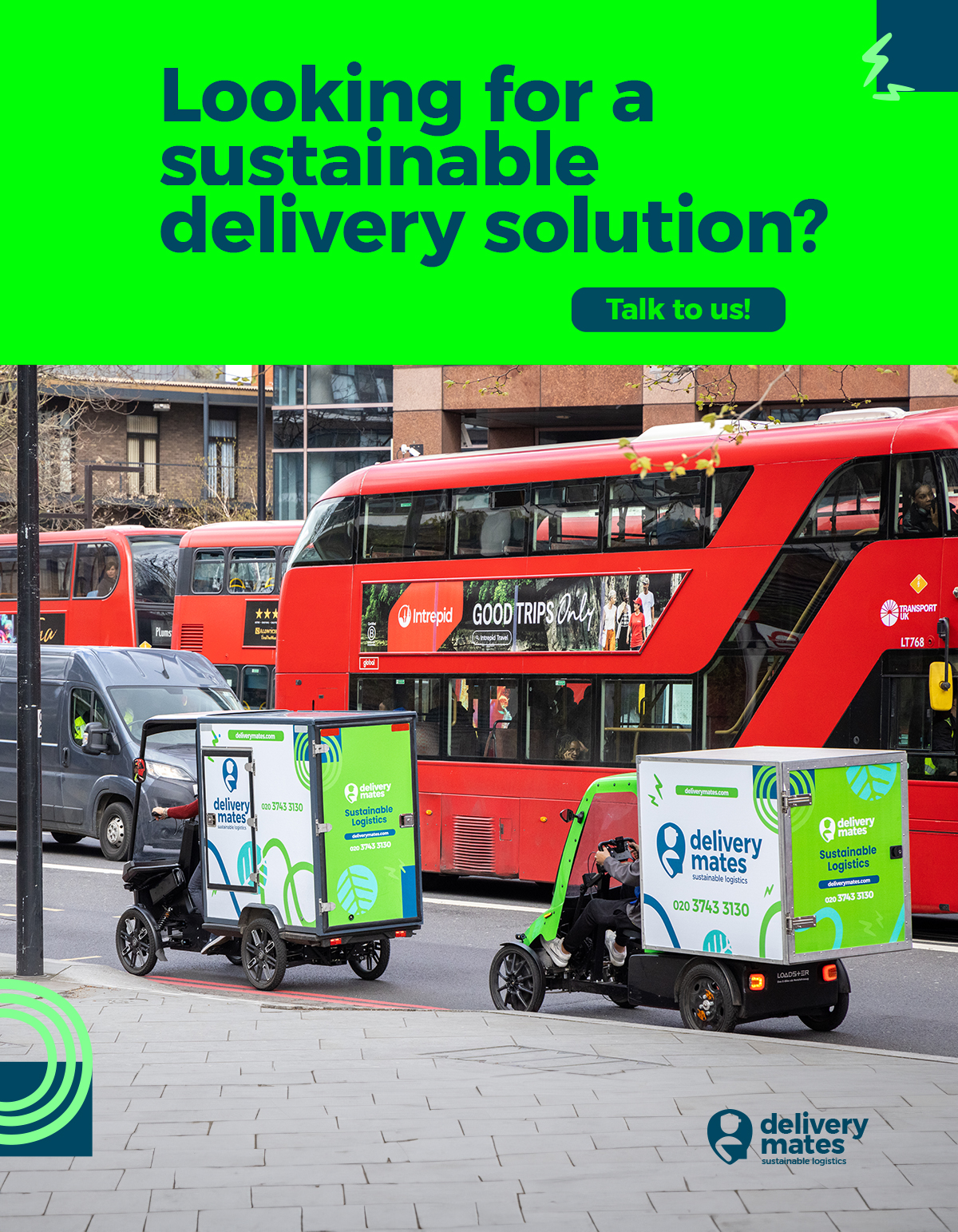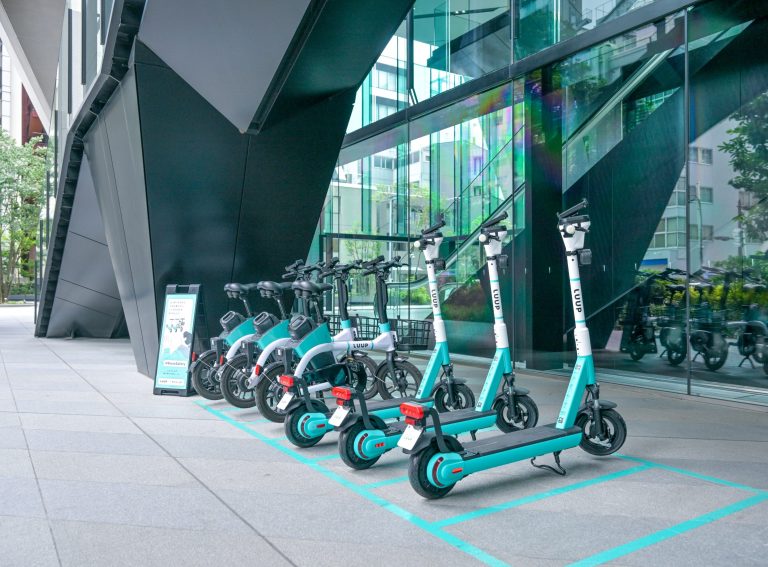A new study by the Fraunhofer Institute for Systems and Innovation Research (Fraunhofer ISI) on behalf of Lime has concluded that the shared operators e-scooters and e-bikes can reduce greenhouse gas emissions in cities.
Fraunhofer researchers evaluated survey data from more than 4,000 Lime riders in six cities – Berlin, Dusseldorf, Paris, Stockholm, Melbourne and Seattle.
The team compared lifecycle emissions of a trip on Lime’s Gen-4 e-scooters and e-bikes to the lifecycle emissions of the mode of transport that people would have otherwise used. As the results were based on estimates, the calculations may be subject to inaccuracies.
The largest effects for shared e-scooters were in Melbourne and Seattle. This is mainly due to the higher CO2 intensity of electricity used to power public transport and electric cars compared to European cities. Riders in Melbourne saved around 42.4 grams of CO2 per kilometre compared to the means of transport otherwise used, while Seattle saved around 37.7 grams per kilometre.
But the researchers also calculated savings of 22.1 grams of CO2 per kilometre in Dusseldorf, 20.7 grams for both Paris and Stockholm, and 14.8 grams in Berlin.
Over a one month period in spring 2022, these per-kilometre carbon reductions translate into emissions savings ranging from four tonnes of CO2 in Dusseldorf to 66 tonnes in Paris. The carbon savings in Paris are equivalent to more than 1,000 tree seedlings grown over 10 years.
In all cities, the net carbon impact of shared e-bikes is less beneficial than shared e-scooters.
The largest emission reductions were found in Dusseldorf (20.4 grams per kilometre), Paris (15.4 g/pkm), Seattle (15.2 g/pkm) and Melbourne (13.7 g/pkm), while the estimated emissions increased in Berlin to +13 grams per kilometre.
This is largely due to smaller shares of shared e-bike trips replacing individual motorised modes, slightly higher theft rates, and lower e-bike usage intensity compared to shared e-scooters.
Why the reason for use matters
A deeper analysis at the transportation mode level revealed that e-bikes and e-scooters have the greatest climate effect when replacing taxi services, with a saving of 679 grams and 541 grams of CO2 equivalents per trip respectively.
“When shifting from these highly emitting modes to shared micromobility, the net emissions reduction is quite substantial,” said the authors of the study.
But the use of e-scooters and e-bikes can also lead to an increase in CO2 emissions if, for example, this replaces walking or a ride with a private e-bike or if the ride would otherwise not have taken place. Nevertheless, the increase in emissions is typically lower than the savings from shifting away from car use.
“It was important for us to address some prevailing misconceptions about both the carbon impacts of our growing industry, and the role it can play in a decarbonised future,” Lime’s VP for Sustainability Andrew Savage told Zag Daily.
“As this study makes clear, our work to continuously improve the service we offer is paying off, leading to a positive net-impact on reducing carbon emissions in the communities we serve. While there is still more to do, we’re hopeful city policymakers can use this new and timely research to recalibrate their thinking on micromobility and support its growth as a valuable way to decarbonise their transport networks.”




